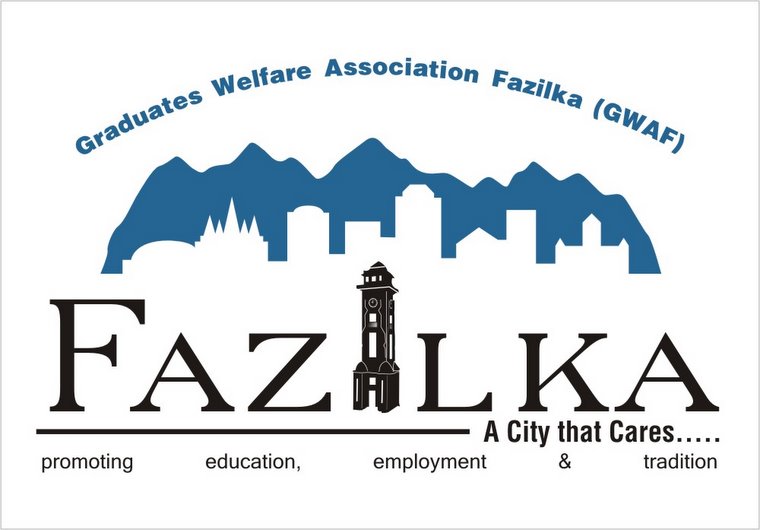Gaurav Sagar Bhaskar
19th April 2017
The Fazilka administration has re-notified the ban on the sale and use of 'cobra fencing' (bladed edged iron wire mesh) in the entire district in a bid to protect wild animals in the open wildlife sanctuary in Abohar, a subdivision of Fazilka district. Three persons and a dozen of animals have become prey to cobra fencing in the past one year. Due to the installation of the cobra fencing, especially in farms as well as the other landholdings in the area that also has a sanctuary, various animals have been sustaining serious and even fatal injuries. while crossing over.
On April 3 last, one Vinod Kumar. 28, of Seed Farm Colony, Abohar, was killed and his friend Sunehri Pal sustained injuries when the motorcycle they were riding barged into a cobra wire that a farmer had installed around his fields near Jandwala Hanvanta village on the Abohar-Sri Ganganagar road.
The representatives of various animal welfare societies as well as the local Bishnoi community had demanded a ban on the use of cobra fencing near the sanctuary area.
"The district administration had last year invoked powers under Section 144 of the CrPC to ban the sale, purchase and installation of cobra wire fencing around agricultural farms. Yet three persons and a dozen cattle heads had died in such mishaps," said Nand Kishore Bhobhria, president of the Shri Hanuman Gau Sewa Samiti, an NGO,
"Even presently such wire mesh is being sold by iron and hardware shops in Mukherjee Market, Gandhi Ground, Circular Road and other markets," said Nand Kishore.
Fazilka deputy commissioner Isha Kalia on Monday re-issued the order prohibiting the sale, purchase and installation of the cobra fencing in the entire district. When contacted, she said that orders were issued to save humans as well as animals.
"I will seek a report from SSP Fazika regarding the action or cases registered for violation above orders and also ensure the implementation of the order in letter and spirit in future," she claimed.
Last year, the ministry of environment, forest and climate change, considering the environmental resources of incomparable value in the the wildlife sanctuary, issued a notification to declare the sanctuary as an eco-sensitive zone (ESZ), intended to help protect its inhabitants and also promote tourism in the vicinity.Around 100m diameter area of the sanctuary was declared an ESZ under Section 3 of the Environment (Protection) Act, 1986, wherein, inter alia, identified projects or activities would be regulated or prohibited as the case may be, in a site-specific manner.
The sanctuary is known for the highest number of black bucks in India, besides other protected species.
The sanctuary is Asia's largest open wildlife sanctuary with an area of 46,513 acres in 13 villages, reportedly having 1,812 male and 2,120 female black bucks besides 368 kids.
Chinkara black buck is a scheduled animal and highly endangered like tigers and lions. The sanctuary has 3,732 male, 2,486 female and 804 kids of blue bull, besides 5,000 'titars', about 121 peacocks, innumerable rabbits, besides other birds in huge numbers, according to the last count conducted in last March.

No comments:
Post a Comment